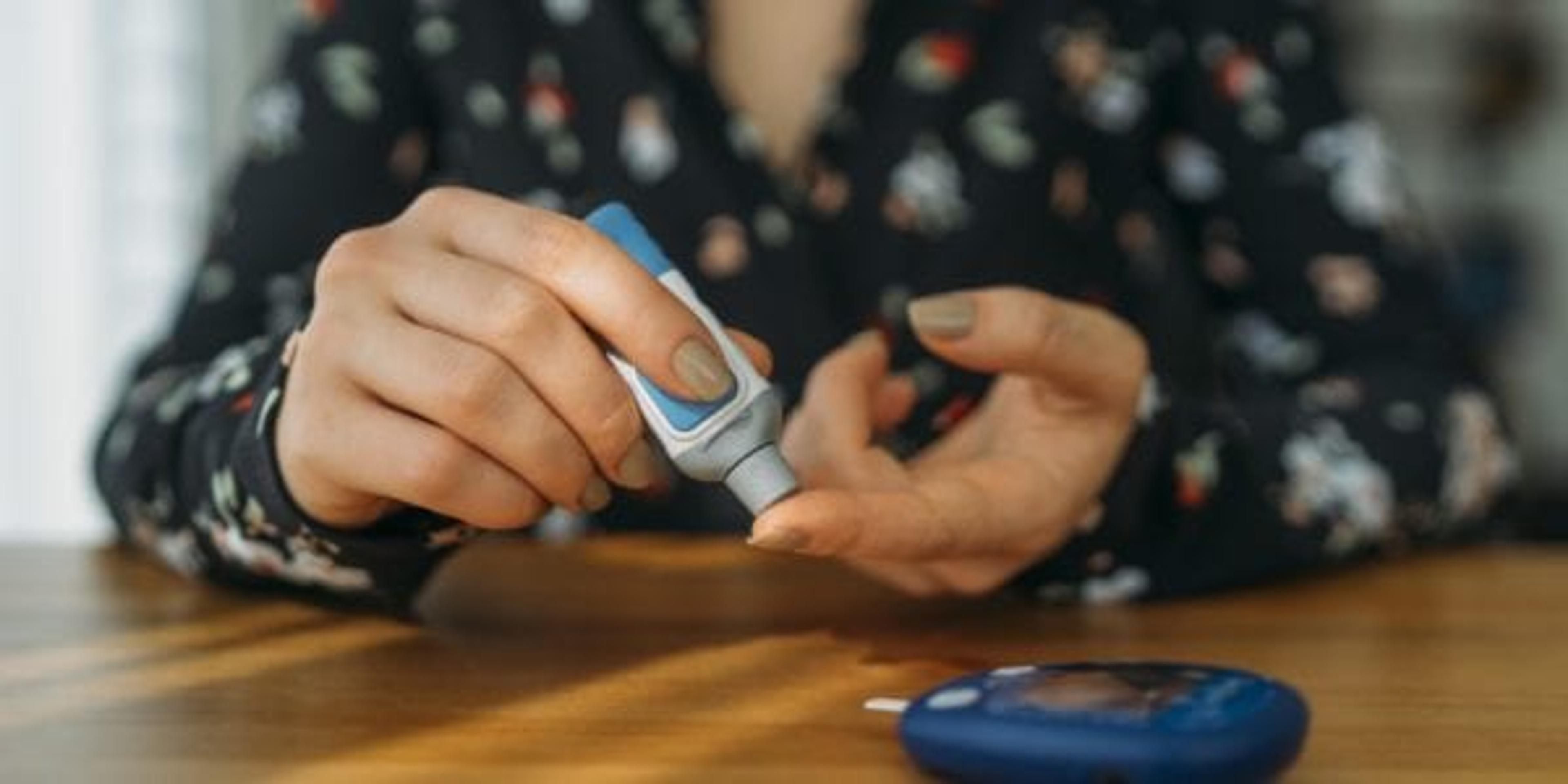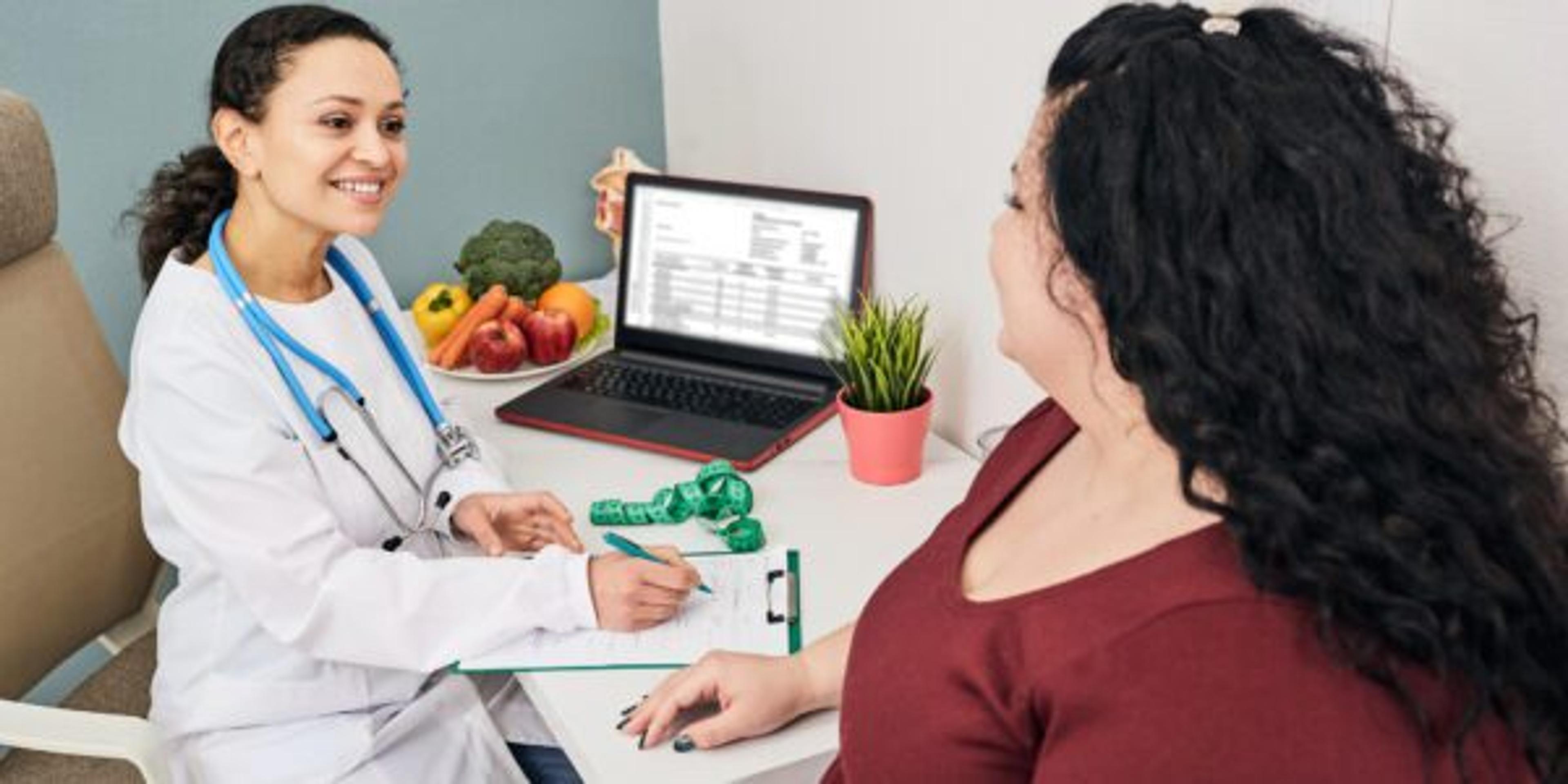9 Tips for Testing Blood Sugar
Registered Dietician
| 3 min read

Trying to manage a diabetes diagnosis? Staying informed and understanding your health are the first steps toward a healthier lifestyle.
Stay in Check
For a person with diabetes, staying healthy is an involved process; from testing blood sugars, following a balanced diet, counting carbohydrates and taking medications according to prescription.
Diabetes is a condition characterized by hyperglycemia resulting from the body’s inability to use blood glucose for energy. In type 1 diabetes, the pancreas no longer makes insulin and therefore blood glucose cannot enter the cells to be used for energy. In type 2 diabetes, either the pancreas does not make enough insulin or the body is unable to use insulin correctly.
Be Aware
Being aware of blood sugar is important. People with diabetes should be testing their blood sugar regularly for the insight needed to better care for their bodies.
There are a variety of times of day that one can check their blood sugar. Fasting blood sugar, which is first thing in the morning before eating, and post prandia – which is two hours after a meal started and any other time that you may not be feeling well or just want to know how your blood sugar is running.
Here is a chart identifying ideal blood sugar levels at various times of testing throughout the day:
Ideal Blood Sugar Readings On waking up (before breakfast) = fasting 80 to 120 Before meals 80 to 120 2 hours after meals = postprandial 160 or less At bedtime 100 to 140
Now that we know when to check our blood sugars and the ideal results we’d like to have, we can’t forget to take the right steps to test blood glucose properly.
How to Test Properly
- Make sure you have the right blood glucose monitor for you.
- From there make sure it is calibrated and working properly.
- The traditional way of testing involves pricking the finger – so wash your hands and dry them. If it is a meter that tests your arm, be sure that area is clean and dry too. Use warm water because it will help the blood flow in the hand.
- Each meter works differently, so practice in front of your doctor or diabetes educator before taking it home.
- Prepare your lancet, according to directions. The lancet is the little needle that actually pricks the skin.
- When testing, do not prick the same place each time. Use the side of the finger, rather than the pad. It will not bruise as easily.
- Place a drop of blood on the test strip without squeezing.
- Then follow the directions on your particular meter. Some meters have the test strip as a part of the meter, others you have to insert the test strip into the meter.
- From there record your blood sugar. Many meters are now able to keep a record within the machine.
Blood glucose control is essential for long lasting health as a diabetic. So is:
- Seeing your doctor regularly
- Taking control with a healthier meal plan
- Exercising regularly
- Testing blood sugars
Remember, staying informed is important for safety, health and happiness on your diabetes journey.
If you found this post helpful, check these out:
Photo credit: hsyncoban





